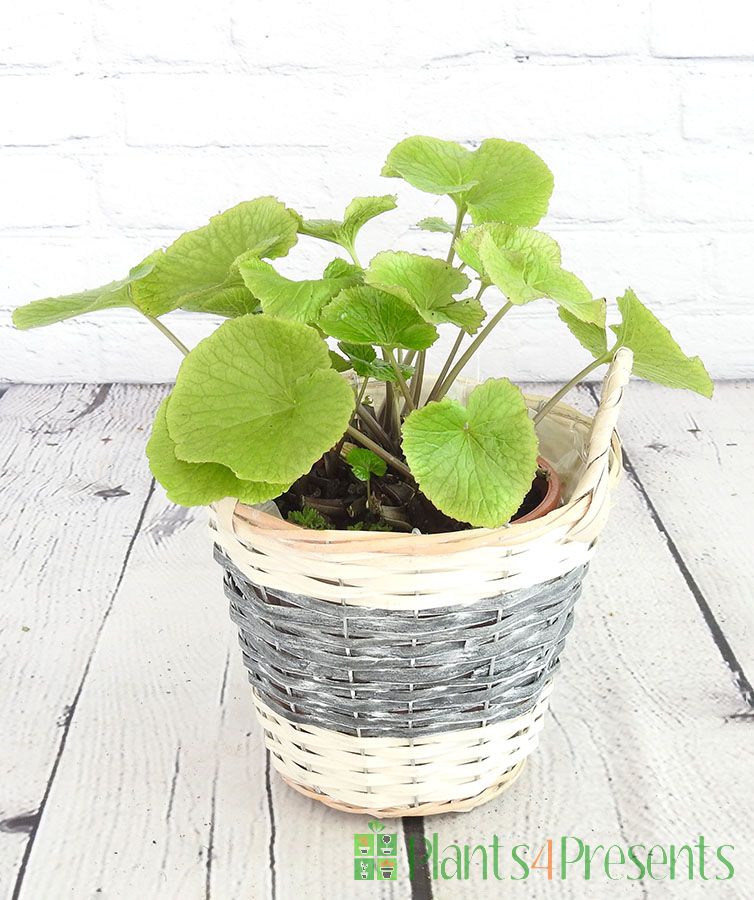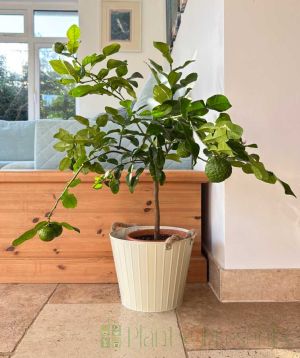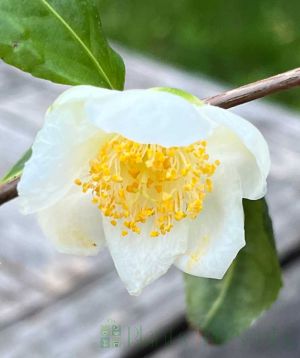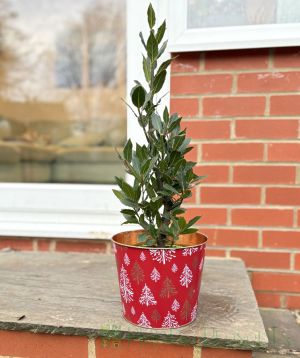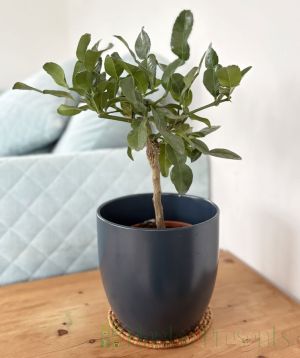Wasabi Plant
Out of stock


We don't have any of these wasabi plants at the moment, but if you would like to know when we are likely to have more of these specialist plants or would like to be added to our Wishlist, then please contact us.
Alternatively, we do have lots of other lovely Edible Plants available for next day delivery.
 4/ 5
2 reviews
4/ 5
2 reviews


Perfect - recipient loved it

as it was a gift to someone else, I cannot comment

These instructions are sent with the plant gift
Plant your Wasabi in well-draining soil and water often during dry spells to keep it moist. They are quite greedy and so feed regularly too with a top dressing of compost or a regular plant food.
The leaves will die back in the winter as the plant conserves its energy in rhizomes at the base of the stem – it is these that are used to make Wasabi paste. Cut off the dead leaves and cover the crown with a fleece or layer of straw to protect it from frosts and then patiently wait until next spring when it will bounce back to life.
The stems and leaves are edible, and these are delicious in salads and cooking during the summer months. Given the right conditions, your patience and care will also hopefully be rewarded at the end of the second year with a rhizome or two.
Problem Solving.
A healthy Wasabi plant is fairly resistant to mildew but yellow leaves are a sign that the shade is not sufficient. You can try planting a tall plant on the sunny side or fixing a piece of cloth above the Wasabi.
Wasabi is part of the brassica family, and so are attractive to cabbage white butterflies. If you find any signs of them spray with a soapy water solution, using either horticultural soap or Ecover washing up liquid mixed with water. Our plants are kept at our Sussex nursery in a pesticide-free environment.





